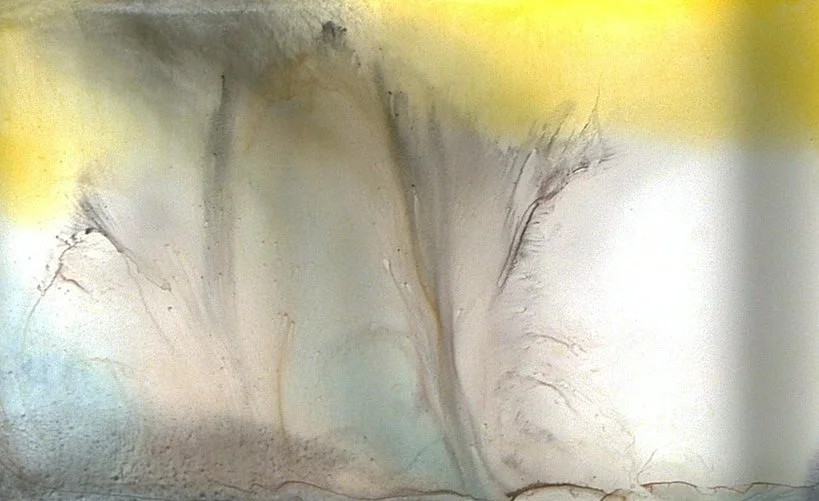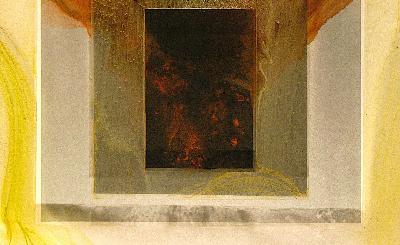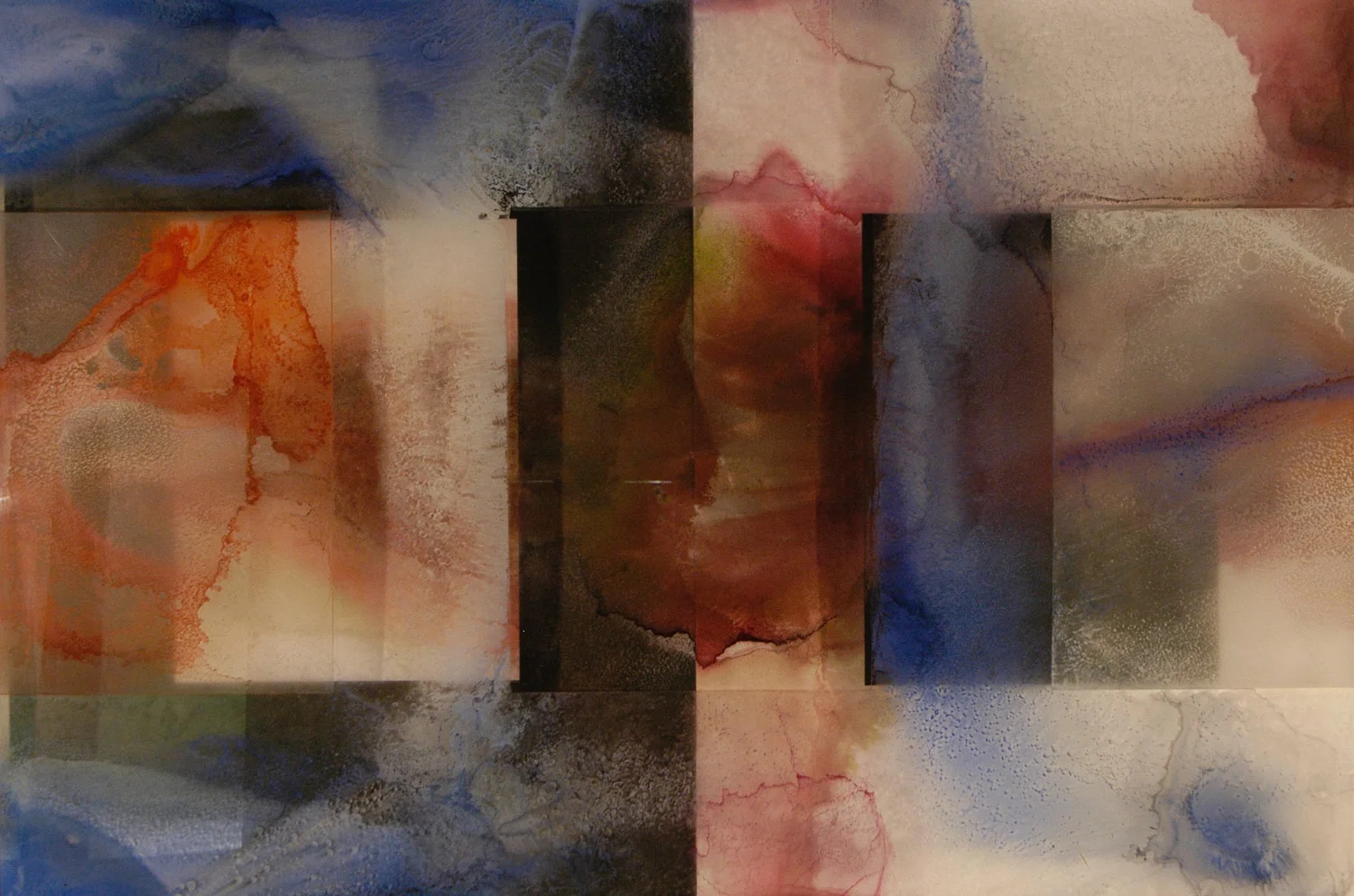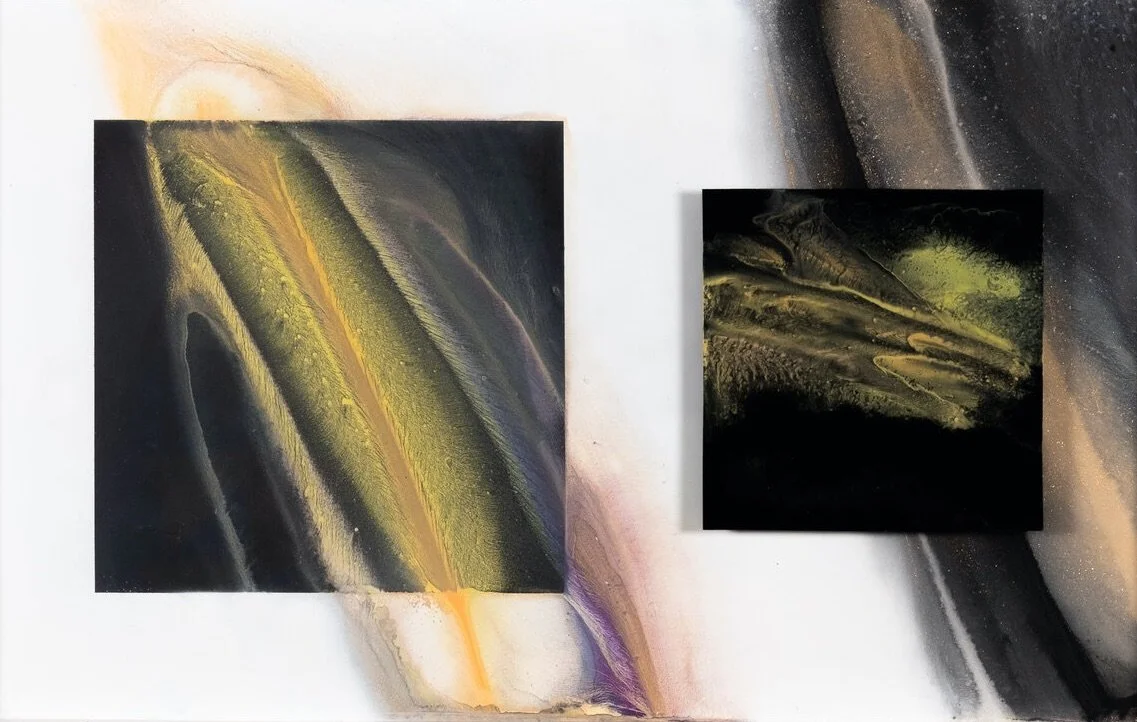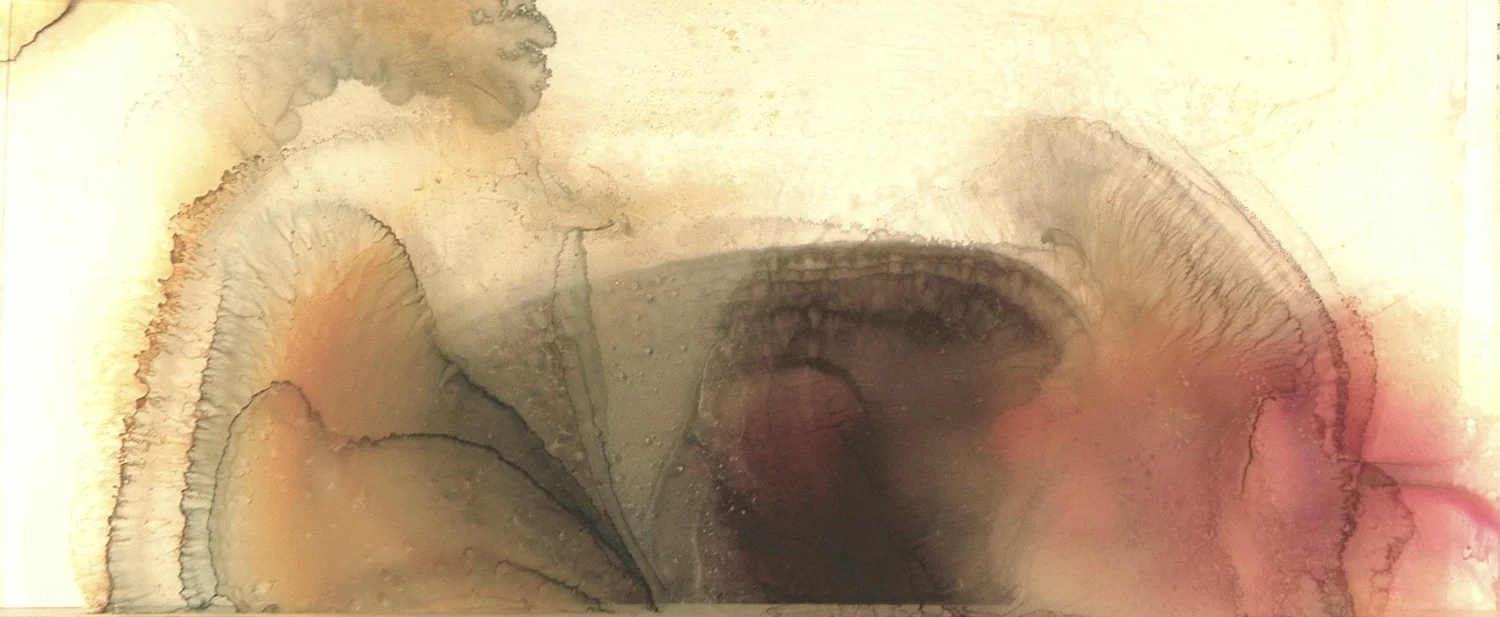176: Connecting the Dots Part 3
Description
In this third installment of my "DharmaByte" column and "UnMind" podcast, exploring the general subject of Zen in our Times, we turn to the last of three suggested topics from Hokai Jeff Harper, Halifax-based publisher of the STO newsletter:
• To everything there is a season
• The wax and wane of householder zazen practice
• What we are feeling right now IS impermanence manifesting itself
Hokai somehow managed, perhaps unintentionally, to progressively home in on the central experience of Zen on three levels. Starting with the most universal sphere of our experience on Earth, the seasonality that is an effect of orbiting the sun for approximately 365 rotations of the planet; then down to the social sphere of our practice as householders; and finally into the realm of the intimate, up-close-and-personal sphere of consciousness itself. What I call the "singularity of Zen."
As I mentioned in the last segment, we often seem to labor under a misconception that because we follow the lifestyle of householders, we cannot hope to penetrate to the fundamental meaning of the teachings of Buddhism. But Hokai's assertion puts the lie to this assumption.
If the Dharma is simply pointing at the present reality that we are experiencing, lifestyle choices cannot possibly have a determinative or dispositive, causal relationship in terms of coming to realization of our buddha mind. What we are feeling now is impermanence manifesting itself, to quote the above quote. Not only what we are feeling now, but what we are seeing and hearing, smelling and tasting, as well as what we are thinking. Or reading, if you are reading this rather than listening to the podcast version.
You might quibble with Hokai's construction - "impermanence manifesting itself" - as it suggests that "impermanence" is some sort of independent force capable of manifesting itself, rather than an attribute of the changing nature of the universe. But let's not let mere semantics distract from the message. We are witnessing the "endless, unremitting, unnamable, unthinkable buddha-dharma," as Master Dogen expressed it; and we bear witness to IT mainly through the dynamic of change, or impermanence. Otherwise, we would not register seeing, hearing, smelling, tasting, touching, or even thinking, at all. If nothing were changing, there could be no awareness of it.
As I mentioned in the segment on householder practice, renunciation in Zen is a matter of seeing through the delusional aspect of living, not a matter of lifestyle. Discernment in Zen is like Sri Ramakrishna's analogy that, like a swan, we need to be able to drink milk mixed with water, and drink only the milk. Or as Master Tozan analogized:
A silver bowl filled with snow
A heron hidden in the moon
Taken as similar, they are not the same
Not distinguished, their places are known
So this refined awareness of the nondual nature of reality, termed "emptiness," as opposed to "form" or appearance, is so close to ordinary reality, or perceptual duality, that it is nearly indistinguishable — like white snow in a silver bowl, or a white heron and the full moon — white on white.
Buddha taught that the discriminating mind imposes a "false stillness" on reality, tamping down the uninhibited flow of sensory data to a dull roar. This enables us to maintain our balance and negotiate a dynamic, 4-dimensional spacetime environment.
This is part of the natural process of "individuation" that sets in once we are born, and culminates in the conception of the independent self, which is a fundamental category error, according to Buddhism. The original alienation that is our fall from grace.
It is not that Buddhism claims there is no self whatever. There is a constructed self, and there is a true self, according to this model. The prevalent perception of separation as an incarnated being is not entirely delusional. But it is incomplete — reification of a separate self ignores the rest of the story, the fact that all beings are interconnected, co-arisen and co-dependent. The Twelvefold Chain of Interdependent Arising, attributed to Shakyamuni, parses this coming-of-age story, slicing and dicing stages of development finely, like an Italian chef shaving garlic with a razorblade.
This is similar to Master Dogen's fine discernment of reality — from a perspective uniting space, or existence, and time — as articulated in Uji—Being-Time, explored in some detail in a prior podcast. What he referred to as the "fine mind of Nirvana," or the "subtle mind of Nirvana." Master Sengcan, third Chinese patriarch after Bodhidharma and his successor Huike, points to something similar in Hsinhsinming—Trust in Mind:
In this world of Suchness there is neither self nor other-than-self
To come into harmony with this reality
Just simply say when doubt arises: "not two"
In this "not two" nothing is separate nothing is excluded
No matter when or where Enlightenment means entering this truth
And this truth is beyond extension or diminution in time or space
In it a single thought is ten thousand years
Believing in the fundamental bifurcation of consciousness into self-and-other, body versus mind — the "Cartesian error" — is resolved in realizing that "you can't have one without the other," or as the more contemporary trope would have it, "both things can be true at the same time." "Neither-self-nor-other-than-self" indicates the True Self of Buddhism, undivided from the very beginning. "Not-two" is the mantra we conjure whenever any doubt about this arises. At the risk of repeating myself — with the caveat that these teachings bear repetition, especially in changing contexts — the last stanza returns us to the singularity of Zen:
No matter when or where
Enlightenment means entering this truth
And this truth is beyond extension or diminution in time or space
In it a single thought is ten thousand years
The last line of which Matsuoka-roshi would encapsulate as "The eternal moment."
So it all comes down to this. Like a fish-trap, reality ensnares us in its wide reach, and as we pursue our own realization — which, after all, is, or should be, our birthright — we find the trap narrowing again and again, until there is no escape, no turning back; like the exhausted swimmer at the halfway point, it is just as far, and equally risky, to try to make it back safely to shore as it is to continue swimming to the island.
If we persevere, finally finding ourselves on the "other shore," we can see clearly that we have been seeing things all wrong, all along. There never has been a separate self to embody, let alone to defend against all comers, let alone any existential annihilation. In the not-two nonduality of Zen's reality, it was all like a bad dream, one that we essentially made up — with a little help from our friends and family, of course, not to mention the entire world of benighted people who fear death and, consequently, life.
This is not to insist that everyone else is wrong abo





